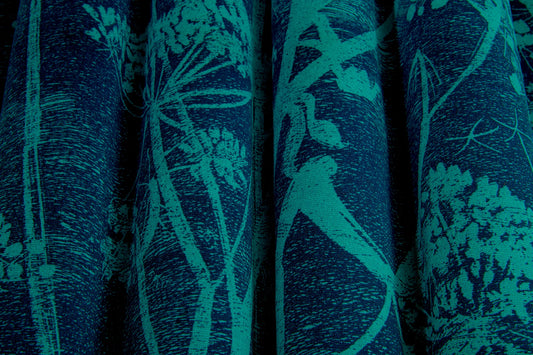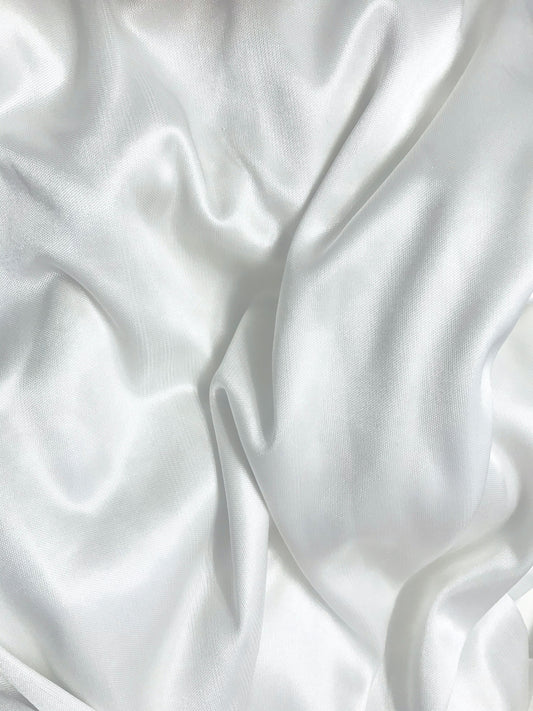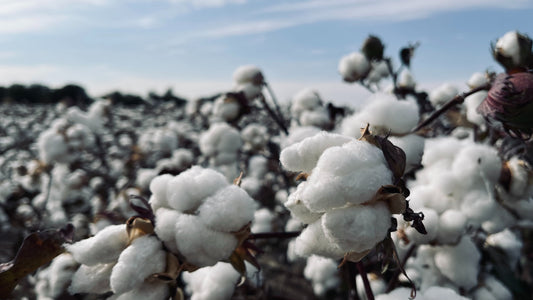People often wonder what the differences are between many different types of fabrics, but it’s less common to consider how fabric is made in the first place; how cotton is made into fabric is actually a fascinating process! So instead of taking our clothes, cushions and curtains for granted, read on for a step by step guide on how fabric is made out of cotton.
How is Cotton Made Into Fabric? A Step By Step Guide
- The origin of all fabric starts with the humble cotton plant, and its bolls - that’s not a typo! These cotton ‘bolls’ are the so-called fruit of the cotton boll, and upon opening at harvest time, each contain around 500,000 individual cotton fibres. These can be harvested by hand or by specialist machinery. Not naturally suitable for purposes we use cotton for, these cotton fibres then go through several stages to make them more durable.
- After cleaning to ensure no unwanted debris is mixed in with the cotton, the fibres are then separated from the seeds, smoothed and combined to make longer lengths before being compressed into massive bales ready for transportation to a textiles mill.
- The next step is to spin the cotton into a tougher yarn - this is the final step before cotton is made into fabric. Cotton yarn can be dyed and used in projects by budding sewers around the world!
- It’s time to weave! Cotton yarn can either be weaved by hand on a loom, using needles or by a machine, with different tightness of the weave to create fabric with different properties.
- Cotton drill, cotton denim, cotton lawn and cotton shirting are just a few examples of cotton fabrics that can be made from this process, each perfect for a different purpose.




